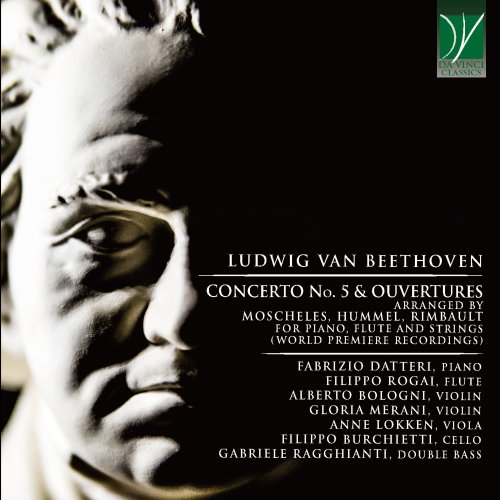Tracklist: VIDEO
Nikolaus Harnoncourt, in one of his books, famously spoke of the “watershed” of year 1800. The expression was purposefully provocative: it is a commonplace of the history of ideas, of the arts, and of human societies, that no change happens in one day, and all are prepared by long processes and followed by long reception phenomena. Yet, it is true that, in the history of music, the years surrounding the turn between eighteenth and nineteenth century did represent something akin to a watershed. In those years, Beethoven was reaching his full maturity. Following the pan-European consequences of the French Revolution, and corresponding to broader historical trends, the bourgeoisie was completing its ascent, and claiming, as its own, practices and behaviours once typical for aristocracy. In the very first years of the nineteenth century, the posthumous publication of Bach’s Well-Tempered Clavier would ignite the first sparks of the rediscovery which would later be known as “Bach-Renaissance”. The fortepiano was definitively conquering its place as the most played instrument, and as the legitimate heir of the harpsichord and clavichord. For the first time in the documented history of Western music, works written in the past, and later neglected, were being revived. This was a typically English phenomenon, encouraged by the Bach-Abel concerts, and by the continuing appreciation of Handel’s music; but it was observed also in the Continent, where, little by little, Baroque music began to be appreciated and to furnish new stimuli to living composers.




